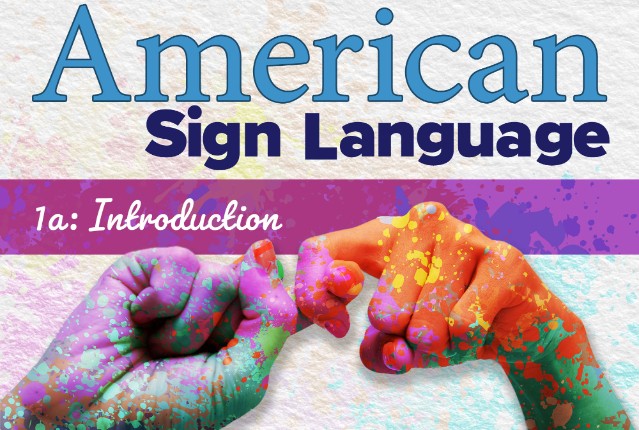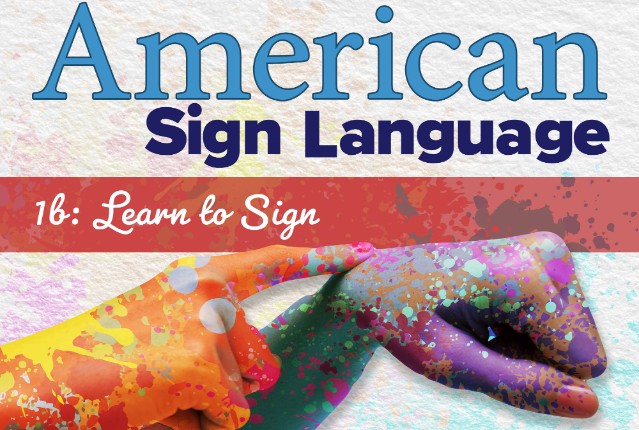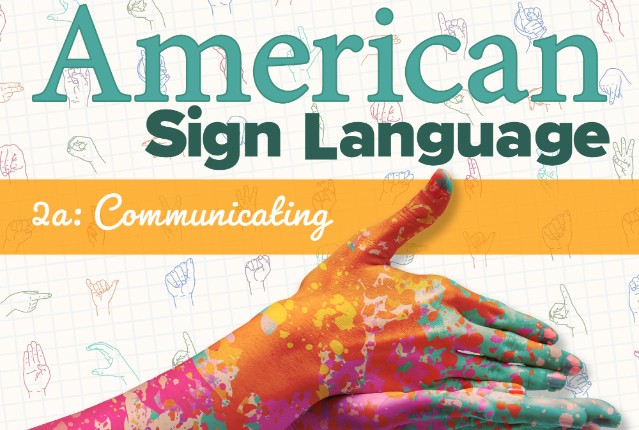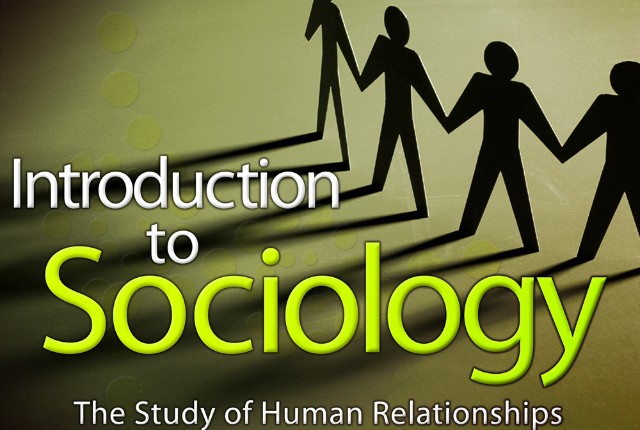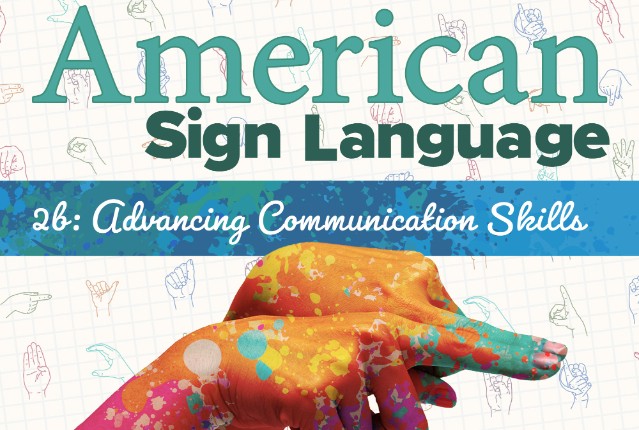
American Sign Language 2b: Advancing Communication Skills
Ready to dive deeper into learning about the Deaf community, culture, and language? Learn about sequencing, transitions, role-shifts, and future tenses. Discover how to tell a story and ask questions, benefiting with greater exposure to deaf culture. Speed, conversations, signing skills, and cultural awareness are characteristics of this course.
Review course outlineAccess for a year
USD 299.00*
* Choose more courses to get a discount
